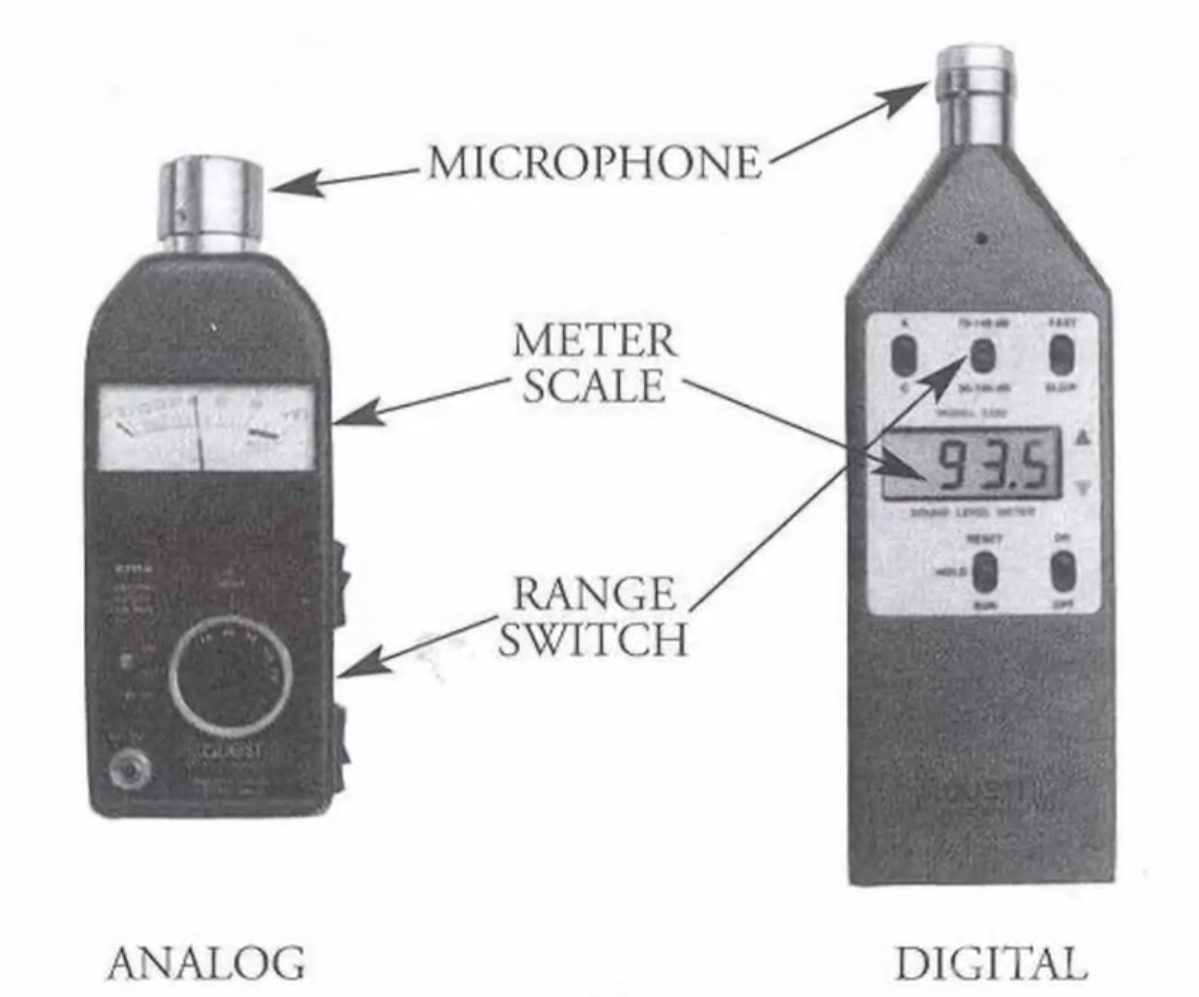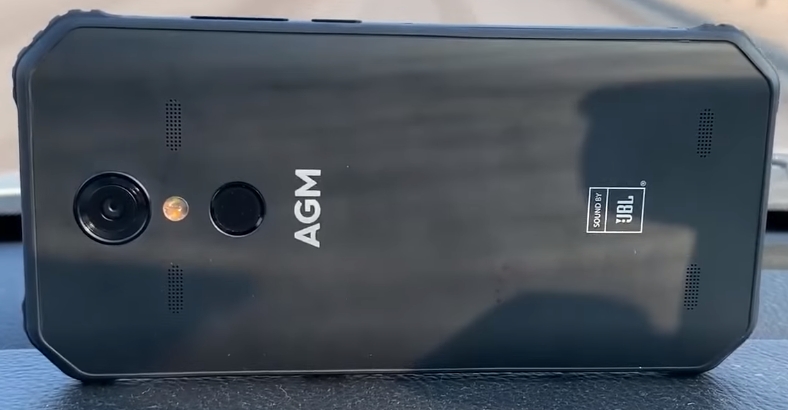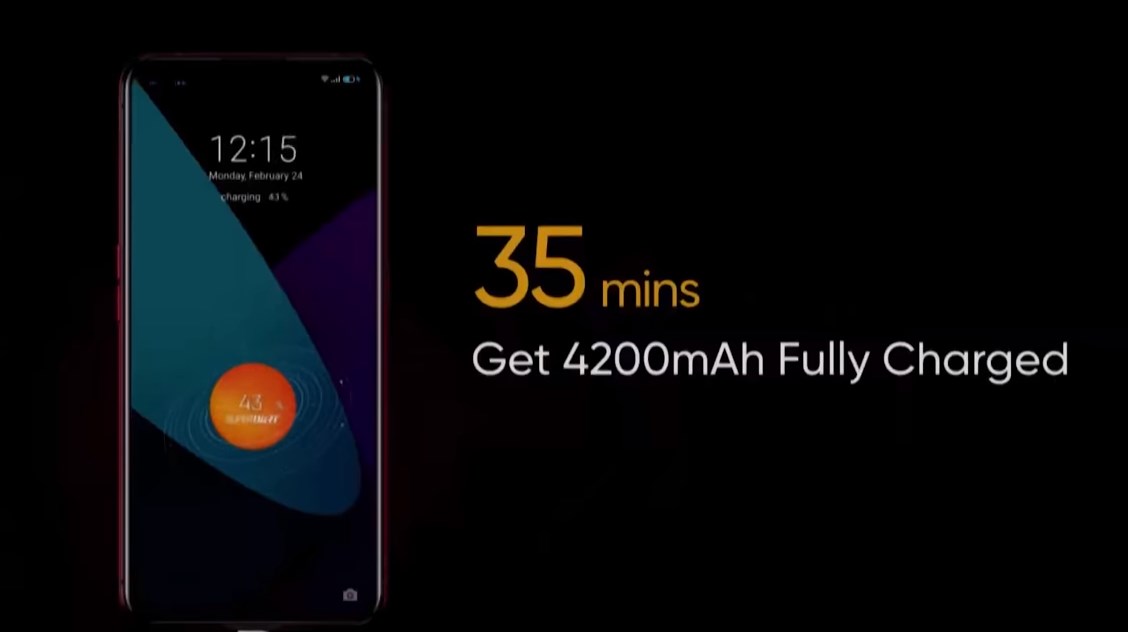Review of smartphones Asus Zenfone 7 ZS670KS and Asus Zenfone 7 Pro ZS671KS
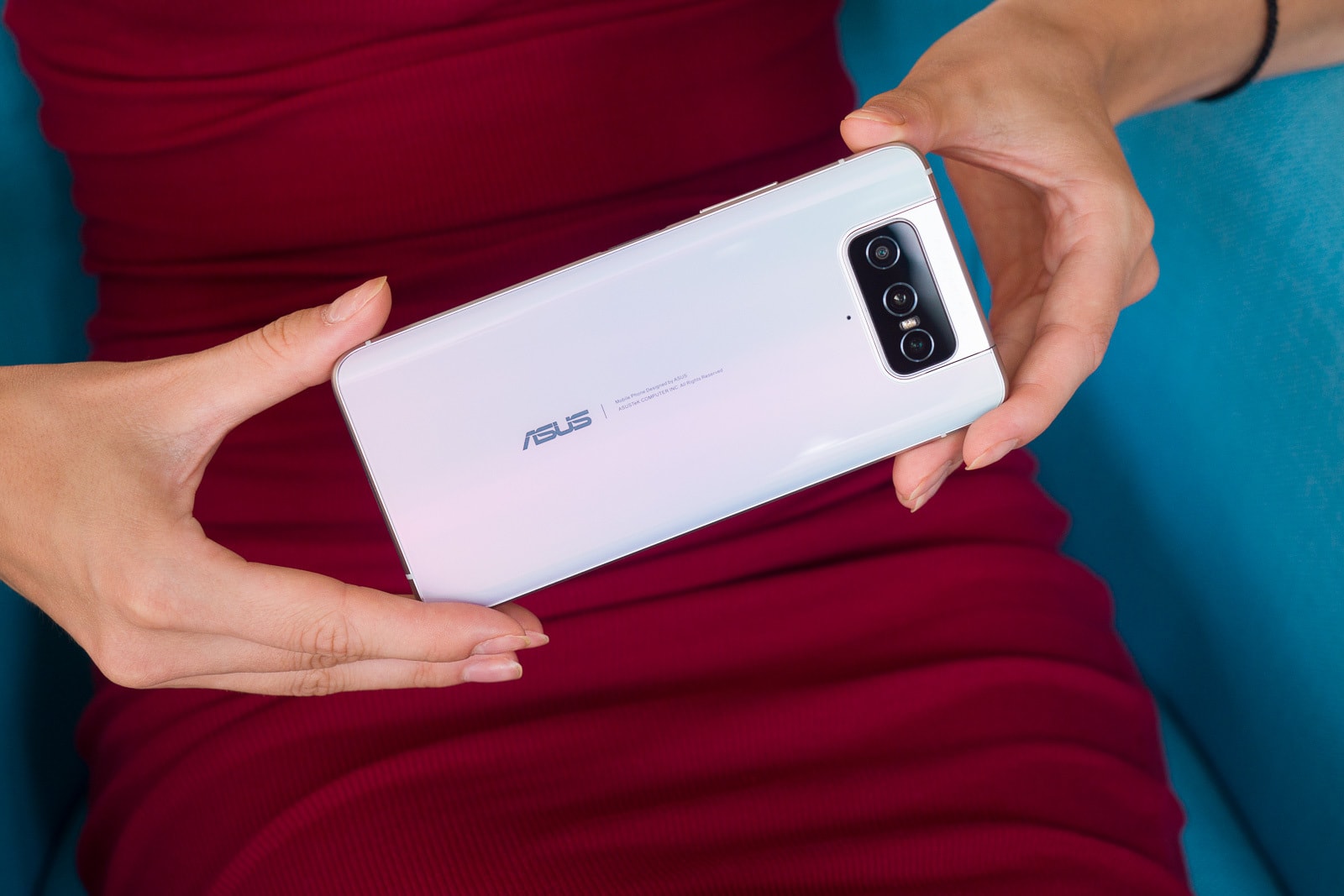
The presentation of the new flagships from Asus took place on August 26 in Taiwan. The new Asus Zenfone 7 ZS670KS and 7 Pro ZS671KS get an updated 5G chipset, Super AMOLED display with increased refresh rate, three cameras and fast charging. Despite the rather high cost (about $ 800), many users predict the glory of the "flagship killer" for the new Asus smartphones.
Overview of the main characteristics
| Model | 7 ZS670KS | 7 Pro ZS671KS | |||
|---|---|---|---|---|---|
| Technology support | HSPA, LTE-A, 5G, GSM | ||||
| Dimensions | 165.1 x 77.3, thickness 9.6 mm, weight - 230 g | ||||
| Materials | body - Gorilla Glass (display and back cover - 6th and 3rd generations, respectively), aluminum frame around the perimeter | ||||
| Display characteristics | Super AMOLED, touchscreen, with a diagonal of 6.67 inches, 16 million colors, brightness declared by the manufacturer - 700 nits, support for HDR10 + technology, refresh rate 90 Hz | ||||
| SIM | support for 2 cards (Nano-SIM), separate slot for microSDXC | ||||
| Memory | RAM 6 GB / 8 GB, built-in memory - 8 GB | RAM 8 GB, built-in - 256 GB | |||
| OS | Android 10, ZenUI 7C, Qualcomm SM8250 Snapdragon 865+ (7nm +) Chipset, Adreno 650 Graphics | ||||
| Sound | stereo speakers, no headphone jack | ||||
| Camera specifications | flip-down module, 3 sensors at 64 (wide), 12 (ultra-wide), 8 (telephoto, 3x optical zoom) megapixels, motorized rotation, HDR support, PDAF autofocus, LED flash; video - 8K, 4K, 1080p , 720p, gyro-EIS, HDR | ||||
| Battery | Li-Polymer, 5000 mAh, Fast Charge 30W, USB Power Delivery 3.0, Reverse Charge | ||||
| Body color solution | Aurora Black, pearl white | ||||
| Additional functions | accelerometer, gyroscope, compass | ||||
| Safety | recognition of up to 5 fingerprints (unlocking takes 0.3 seconds), built-in smart key, support for face recognition | ||||
| Communications | Bluetooth, GPS (dual band), GLONASS, GALILEO, BDS, QZSS, NavIC, Type-C 1.0 reversible connector | ||||
| Running | official - August 26, information on Russian sites is available, but pre-order is not open (terms of receipt and price are not indicated) | ||||
| Price | about 800 dollars |
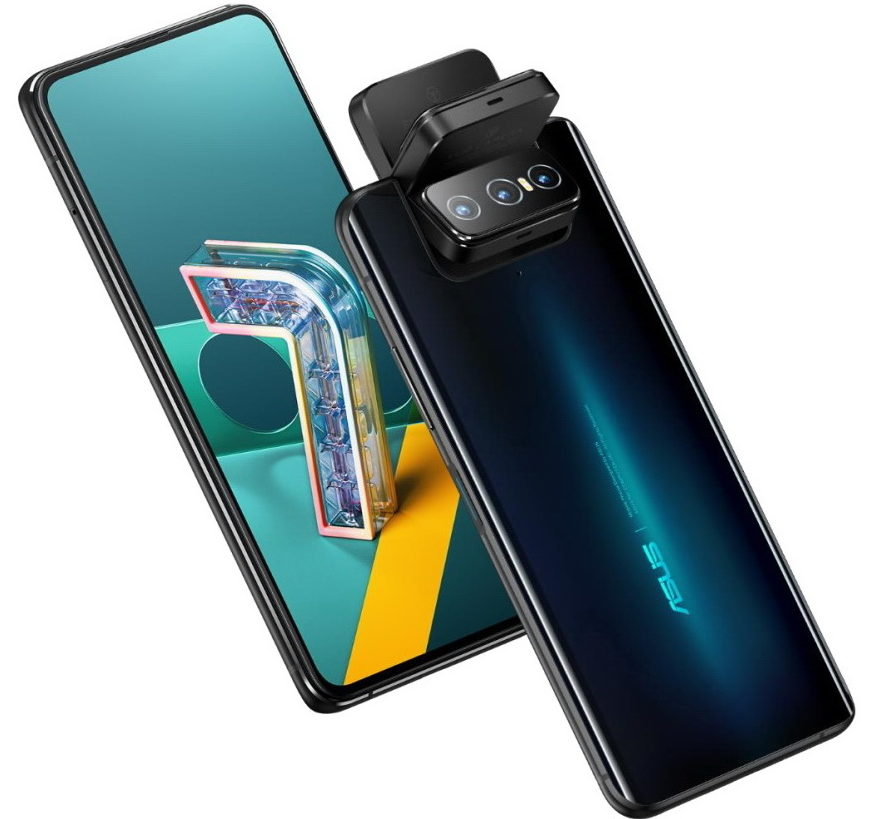
Design
To begin with, it should be noted that the models are almost identical in design, and in "stuffing", and in price. The only difference is the Asus Zenfone 7 Pro ZS671KS comes with 8GB of RAM and 256GB of internal storage.
The design is simple and attractive at the same time. The display is full-screen, with rounded corners, without a cutout for the camera and a narrow (equal in width) frame around the perimeter. The screen-to-body ratio of the smartphone is 92%, like the previous version.
Body material - scratch-resistant Gorilla Glass. The back panel is glossy and actively collects fingerprints. The aluminum frame around the perimeter (rather wide, considering the thickness of the smartphone) is made of 6000 series alloy (the same is used in aircraft construction). The metal is quite ductile, resistant to heat, looks expensive.
A Flip Camera is integrated in the upper, central part of the body. If we compare the camera module with previous versions, we get:
- improved body material (according to the manufacturer's assurances it is a "liquid" metal), capable of withstanding a bending load of up to 35 kg;
- I-shaped stepper motor design for fast rotation and fine tuning of the camera;
- built-in fall detection sensor - the camera automatically closes;
- 18-layer FPC cable that can handle up to 200,000 turns.
The camera protrudes slightly above the lid, but since the module is located in the center of the body, the smartphone will not "wobble" if you put it on a flat surface.
At the bottom is a speaker, USB Type-C, microphone and, oddly enough, an LED indicator. Trays for SIM cards and memory cards are located on the left side. On the right side face there is a volume and power button (it is also a fingerprint sensor and a "smart key"). In this case, the simplified design did not affect functionality in any way.
Now about the dimensions. The phone is weighty (weight 240 g) and rather thick. It is not very convenient to operate the gadget with one hand, but Asus software solutions partially solve this problem.
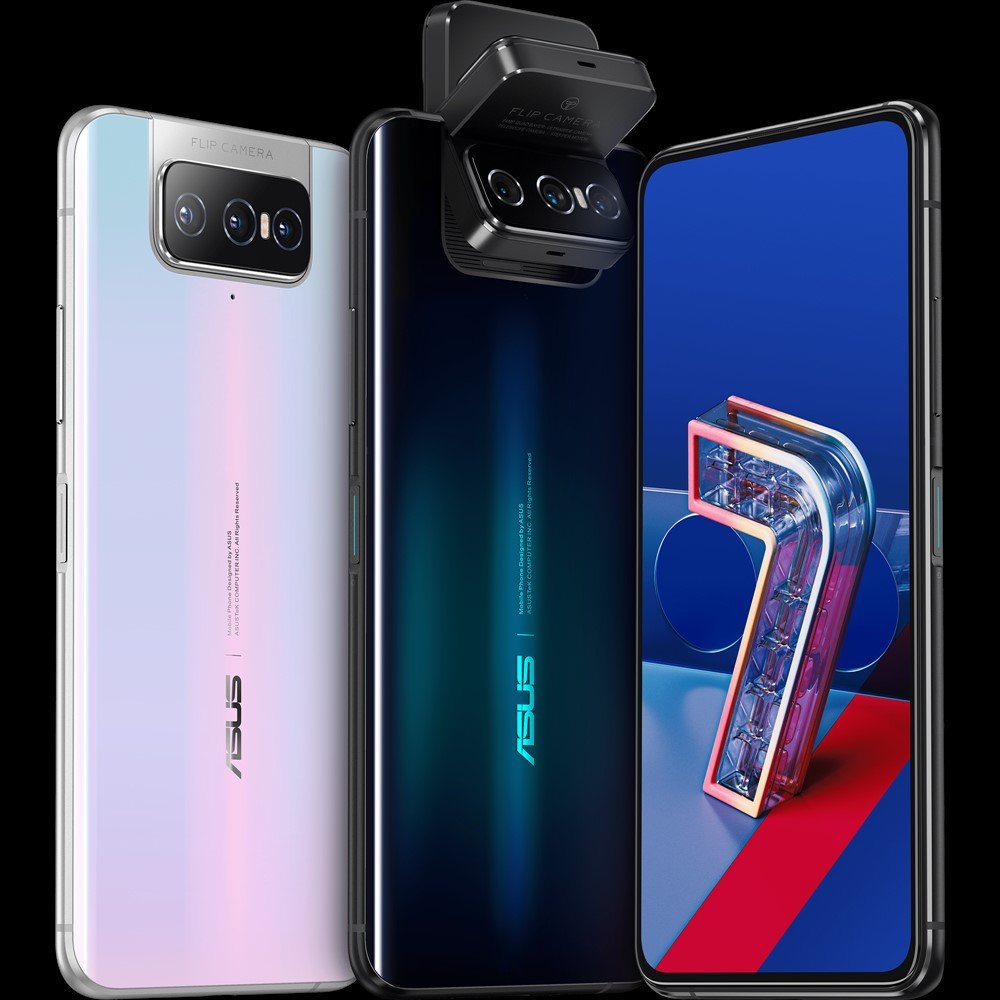
Display
With a diagonal of 6.67 inches, with a frequency of 90 Hz, it is made using AMOLED technology. High contrast provides good picture quality for both photos and video files (especially HDR-enabled video).
The maximum brightness is 700 nits, in fact (based on the test results) - up to 1000. So in the bright sun you can not only view the information on the display, but also read a book, for example.
As for the color rendering, it is as close to natural as possible. Small transitions to blue or reddish shades are possible (at the top of the display and in the corners) - but this is not critical. Another plus is accurate reproduction of blacks, without blurring and color changes, even while watching content at low brightness settings.
Full HD + resolution is inferior to flagship smartphones in the premium segment, the same OPPO, for example. A special Always on Display mode (periodically the image of the clock, the battery indicator move across the screen) helps prevent pixel burnout. The function is not that necessary - users noted that they did not have to face such a problem.
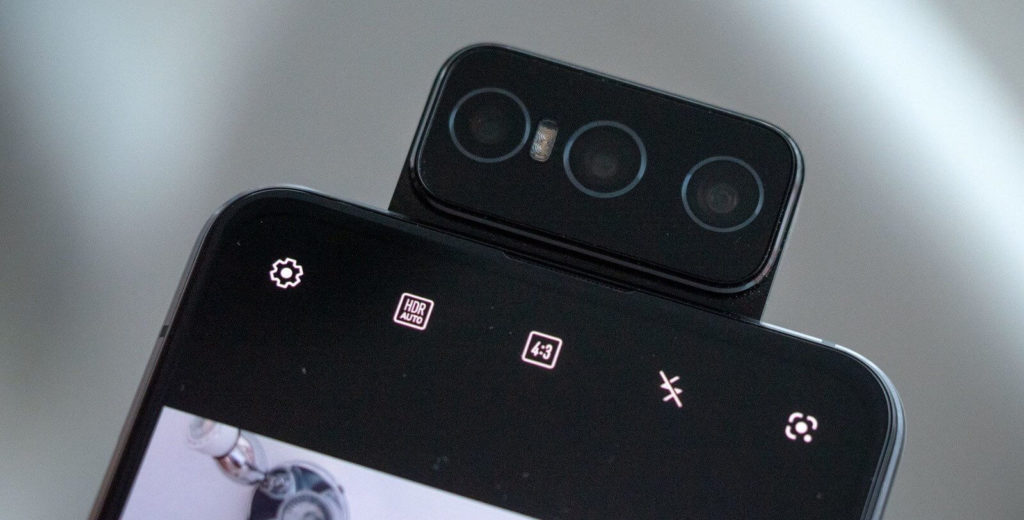
Camera
The main advantage of the flagship is that the rotary module performs the function of the main one (which, as a rule, produces photos in the best quality, regardless of the model and manufacturer) and a selfie camera.
In this regard, Asus offers unique characteristics for a front camera - this is a telephoto lens, the ability to shoot 8K video, switching between shooting with the main and front cameras. Plus the ability to control the angle of the camera and shoot smooth video with built-in stabilization (only in the Pro model).
The selfie camera is great. If you shoot with good light, you get quite professional pictures. In low light, the quality of the photo deteriorates - a blurred background, a minimum of detail of the objects surrounding the background.
The video specs are also impressive. The picture is smooth without jerks, with good detail when shooting in motion. The 12x zoom function allows you to get closer to the image without losing contrast and brightness.
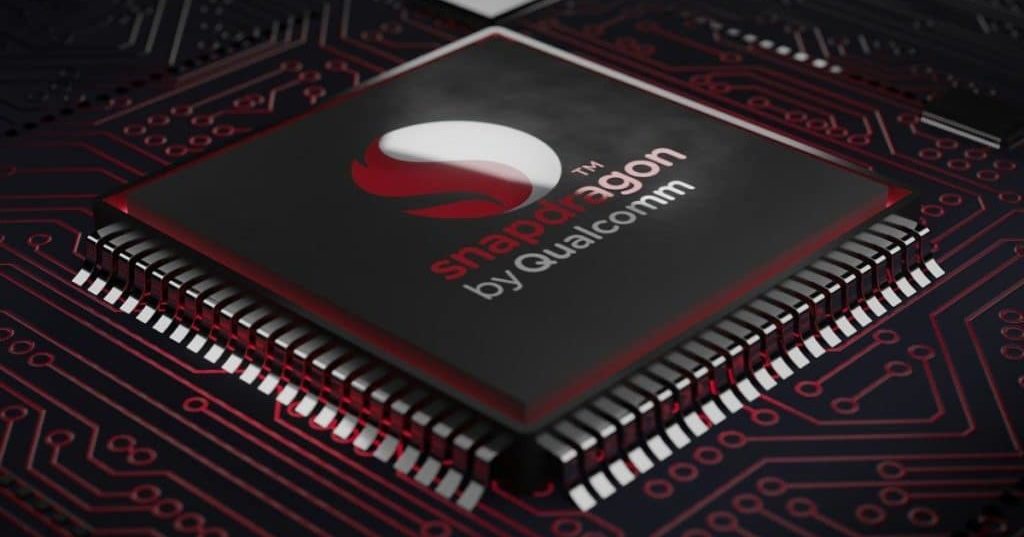
Performance and software
Excellent thanks to the Snapdragon 865+ (7nm +) chipset. The delay in responding to user commands is a couple of milliseconds. The transition between applications is fast, without freezing. When watching a video, the picture quality is also excellent.
But gamers are likely to be disappointed. The gadget copes well with "heavy" games at high settings, but noticeably heats up. The point is the lack of a good cooling system and ventilation holes. Although, if you play with standard toys from the "pass the time" series, you may not feel any discomfort.
As for the software, the flagship runs on Android OS (version 10), with a proprietary ZenUI 7 add-on. The latter offers users the following features:
- convenient application design;
- Smart Key - allows you to set the functions for the power button when pressed twice (launching applications, switching system settings, etc.);
- improved interface for one-handed operation;
- the ability to customize modes to save battery power (refresh rate, brightness);
- Game Genie - displaying current information during the game (calls, messages), changing settings, deleting unnecessary files.
As well as OptiFlex function to optimize memory use, the ability to control gestures
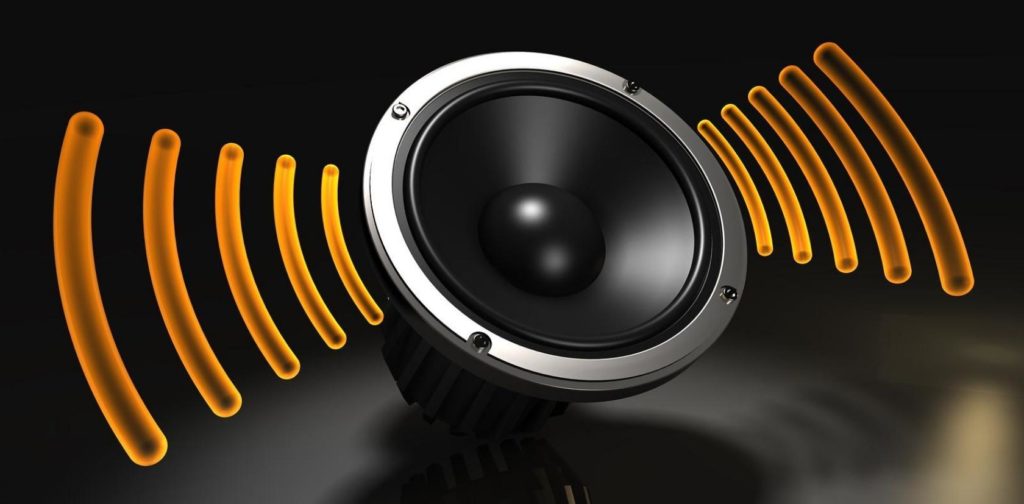
Sound
To begin with, there is no wired headphone jack. The second point is the mediocre sound quality, despite the stereo support.Plus, the gadget can independently, regardless of the owner's desire, adjust the volume (especially if you select the option "on the street" in the sound settings.
In general, if you value quality sound, then ZenFone is not the best choice.
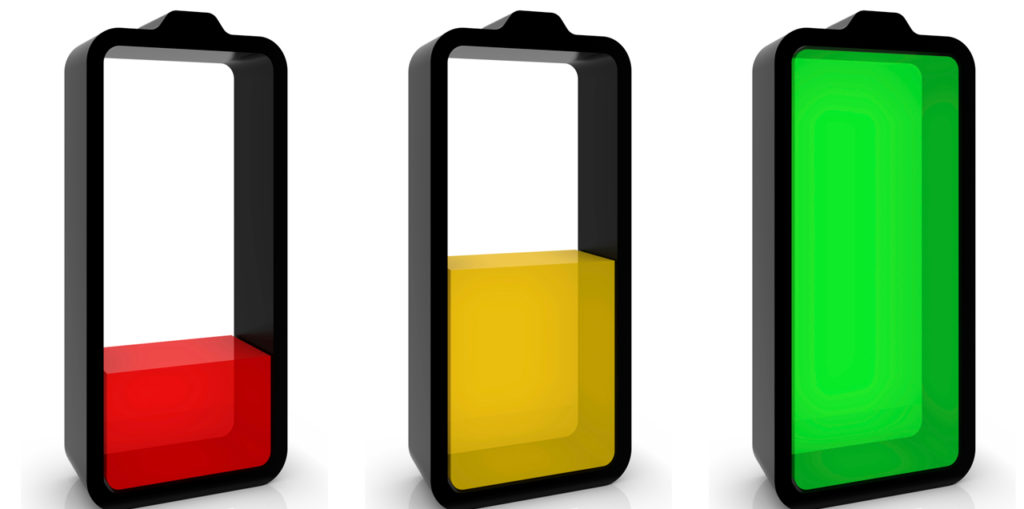
Work offline
The high refresh rate and powerful processor are energy efficient. On average, one charge will last for 7-9 hours of active use while watching video content, listening to music or chatting on social networks. In call mode - much more, up to 2 days.
In game mode, the smartphone will last 140 minutes (according to test results) when running "heavy" games. You can slightly increase the battery life if you do not use the maximum brightness settings.
30W fast charging included. It will take a couple of hours to charge the battery up to 100%.
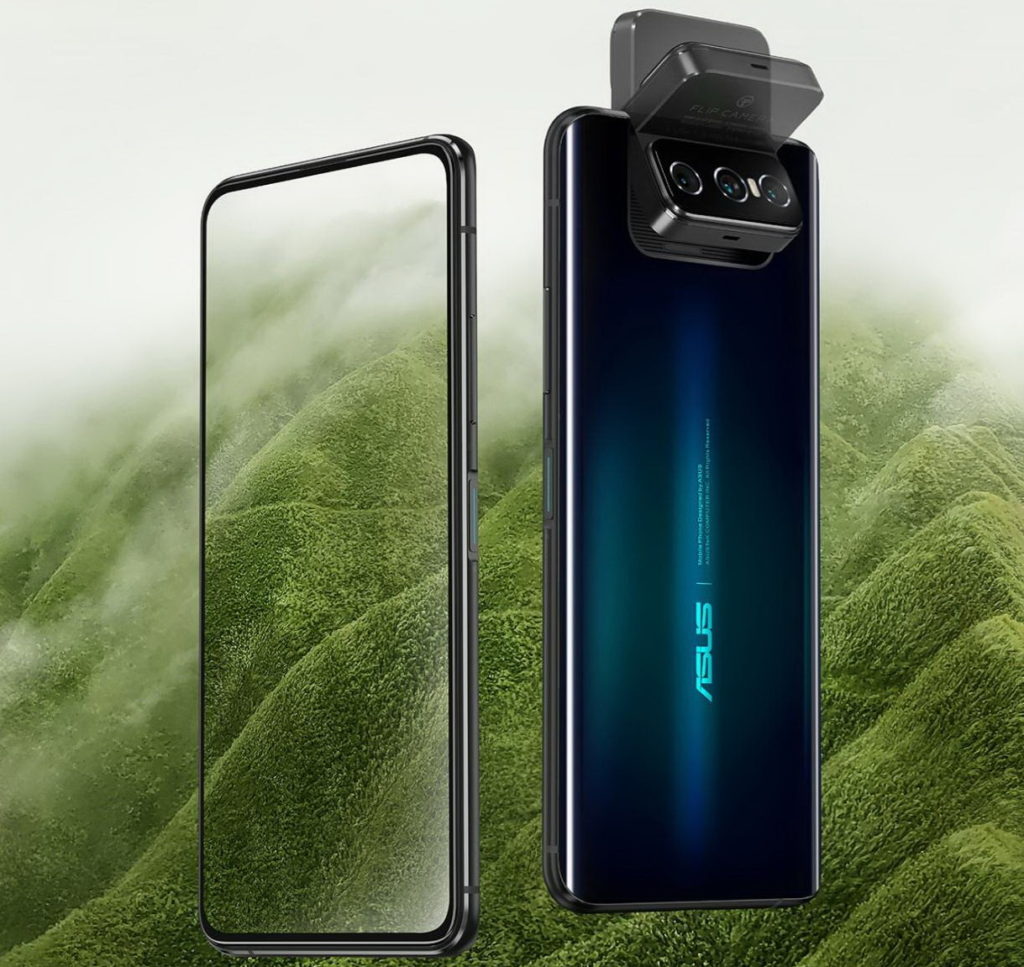
Where can I buy
The start of sales was announced on September 1, but so far in Taiwan and Europe. Price - 700 euros for the younger version, 800 for the Pro ZS671KS. On Russian Internet resources, there is information about the flagships from Asus with a description of the main characteristics, but without a price tag, with the status "expected".
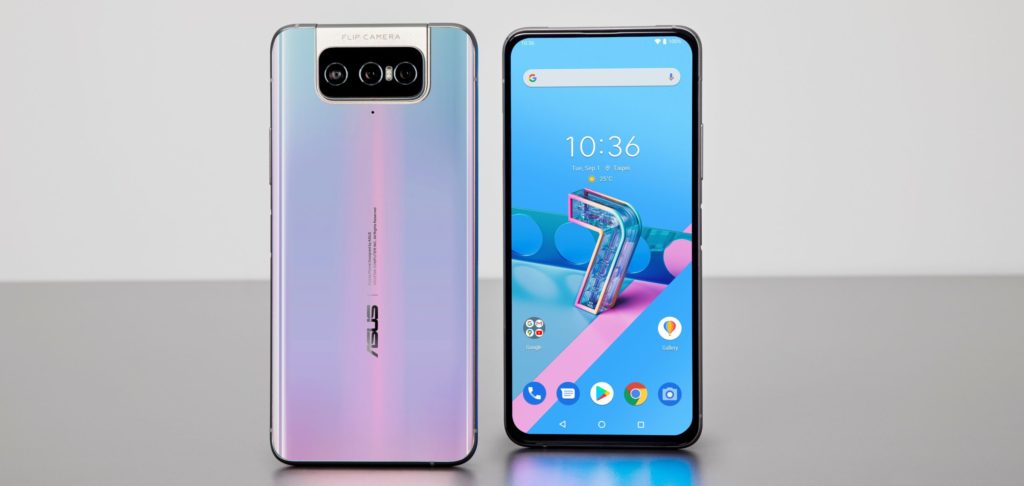
Advantages and disadvantages
To begin with, the Asus Zenfone is the only device with a pop-up flip camera. The second point is the full-screen display, without cutouts, "bangs" and a wide bottom frame. The manufacturer has improved the design for comfortable viewing of photos and videos. And if you add a powerful processor, AMOLED display with Full HD + resolution and a capacious battery, you get an excellent gadget for work and entertainment.
- high technical characteristics of the camera;
- bright display;
- Beautiful design;
- functionality;
- user-friendly interface and easy control.
- heats up when used in game mode;
- sound;
- no headphone jack.
The disadvantages include a decent weight and dimensions. But in general, if you do not find fault with the details, both models are an excellent choice for those who appreciate high quality and non-standard solutions.
new entries
Categories
Useful
Popular articles
-

Top rating of the best and inexpensive scooters up to 50 cubic meters in 2020
Views: 97661 -

Rating of the best materials for noise insulation for an apartment in 2020
Views: 95021 -

Rating of cheap analogues of expensive drugs for flu and colds for 2020
Views: 91750 -

The best men's running shoes in 2020
Views: 87680 -

Top ranking of the best smartwatches 2020 - price-quality
Views: 85091 -

Best Complex Vitamins in 2020
Views: 84801 -

The best dye for gray hair - 2020 top ranking
Views: 82406 -

Rating of the best wood paints for interior use in 2020
Views: 77201 -

Ranking of the best action cameras from China in 2020
Views: 75268 -

Rating of the best spinning reels in 2020
Views: 74827 -

The most effective calcium supplements for adults and children in 2020
Views: 72462 -

Top rating of the best in 2020 means for male potency with a description
Views: 68295
